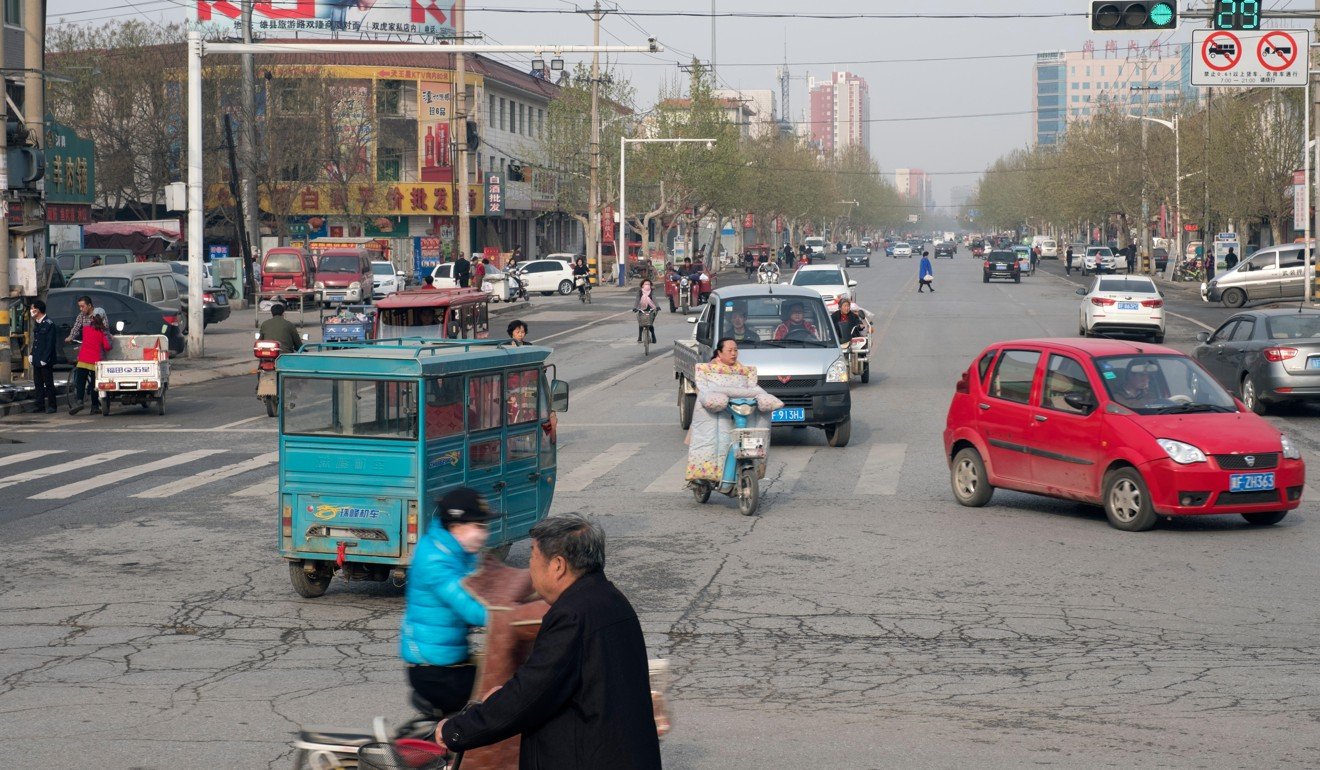
China’s environment ministry summons six city mayors for failing to deal with winter smog
- Leaders from Baoding, Langfang, Luoyang, Anyang, Puyang and Jinzhong accused of ‘relaxing efforts to defend blue skies’
- Five of the cities saw double-digit rise in PM2.5 levels in October to March period, ministry says
China’s environment ministry has summoned the mayors of six northern cities to a meeting in Beijing to account for their failures to meet winter targets to cut smog.
Average air quality worsened significantly in much of northern China over the winter compliance period from October to March, prompting concerns the country’s “war on pollution” was losing steam amid an economic slowdown.
The cities named by the Ministry of Ecology and Environment on Thursday were Baoding and Langfang in the steel heartland of Hebei province, as well as Luoyang, Anyang and Puyang in neighbouring Henan and Jinzhong in Shanxi.
“These cities have relaxed their efforts to defend the blue skies, key tasks have not been completed … and some problems have rebounded,” the ministry said.

Inspectors found the city of Langfang in particular had “significantly reduced its focus … and significantly relaxed its work requirements” when it came to fighting smog, it said.
Anyang, a major steelmaking city, was the country’s worst performer over the winter, according to Reuters calculations based on official data, with average concentrations of hazardous small particles known as PM2.5 hitting 111 micrograms per cubic metre, 27 per cent higher than a year earlier.
Smoggy Hebei breathes a little easier after hitting air quality standard
The environment ministry said Anyang’s decision-making processes were not up to scratch and law enforcement was not sufficiently strict. The city had also failed to make enough progress to “optimise” and restructure its steel sector.
All the cities apart from Jinzhong saw a double-digit rise in PM2.5 levels during the compliance period, when most of northern China was under pressure to cut emissions by curbing traffic, coal consumption and industrial output.
Jinzhong saw average PM2.5 concentrations rise 4.5 per cent over the period, the ministry said. The city had also failed to properly coordinate its anti-smog efforts and not taken action to combat small “scattered” pollution sources.
The ministry said the mayors from the six cities “faced up” to their problems and vowed to win the war on smog in the future.

